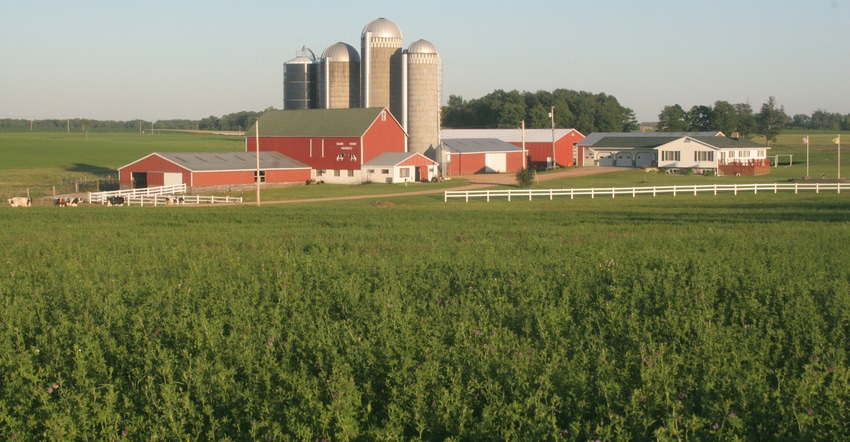August 5, 2019

Though the disaster declaration for nearly half of Ohio’s counties extends low-interest loans to farmers, many growers are hoping for changes that could offer more financial help, according to experts at Ohio State University.
The full extent of benefits that come with USDA Secretary Sonny Perdue’s disaster declaration is still unknown. The federal agency has yet to make decisions about the federal disaster aid bill passed in June.
Growers want USDA to approve requested changes to disaster aid packages that would increase payment guarantees to farmers who file crop insurance claims on acres where they could not plant a cash crop, says Ben Brown, assistant professor of agricultural risk management in the OSU College of Food, Agricultural, and Environmental Sciences.
Those changes, if approved, would mean higher payments for farmers hindered in planting this year’s crop because of persistent spring rain.
Another proposed change to disaster aid would allow farmers who did not have crop insurance at planting time last spring to potentially still receive payments on those acres where they could not sow a cash crop.
“It’s important to note that the USDA can — but is not required — to make those proposed changes,” Brown says. “Could it happen? Yes. Will it happen? We don’t know.”
Decision expected in 'coming weeks'
On July 25, Perdue announced that 40 counties in Ohio are eligible to seek disaster relief. In the coming weeks, USDA is expected to make decisions on the full scope of assistance available to farmers in the counties affected by the unusually challenging growing season.
For now, farmers can apply for emergency low-interest loans, but more of them likely will get by instead by using their next payment from the Market Facilitation Program, Brown says. That assistance helps offset any losses growers experienced resulting from any international tariffs on the crops and livestock they produce. The next trade aid payments will be issued this month and will range from $15 to $30 an acre, Brown says.
“MFP payments will be significant for farmers in 2019, as they were last year, too,” he adds.
Growers in western and northwestern Ohio were the hardest-hit by unprecedented rain levels in the spring, when growers typically plant. In Fulton County on the far northwestern border of the state, nearly half the acres that normally grow corn or soybeans won’t hold a cash crop this season, says Eric Richer, an OSU Extension educator in Fulton County.
“I think it’s important that government officials acknowledge the level of hardship that the 2019 growing season has placed on Ohio farmers, particularly those in northwest Ohio,” Richer says.
Source: OSU Extension, which is solely responsible for the information provided and is wholly owned by the source. Informa Business Media and all its subsidiaries are not responsible for any of the content contained in this information asset.
You May Also Like




